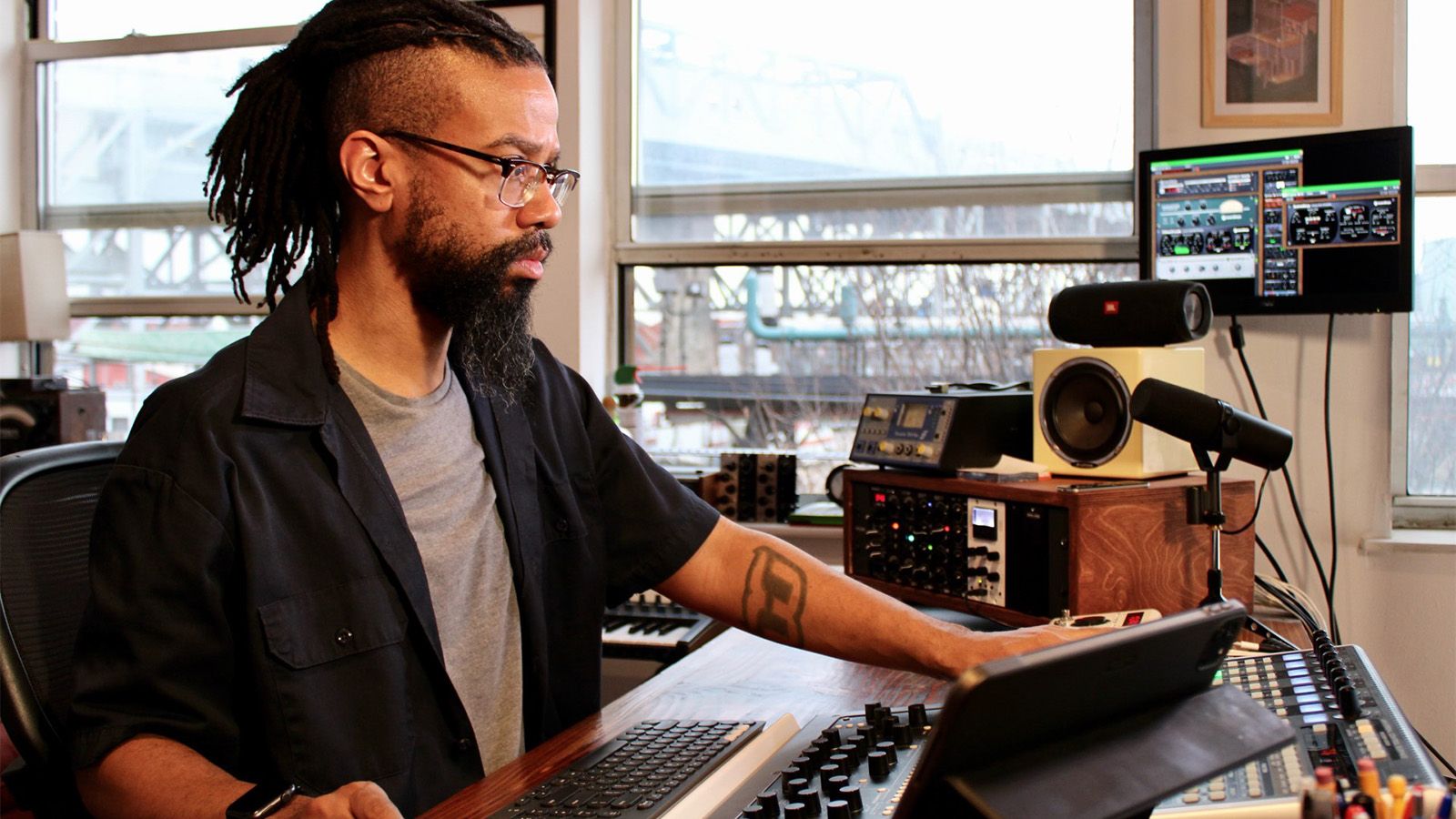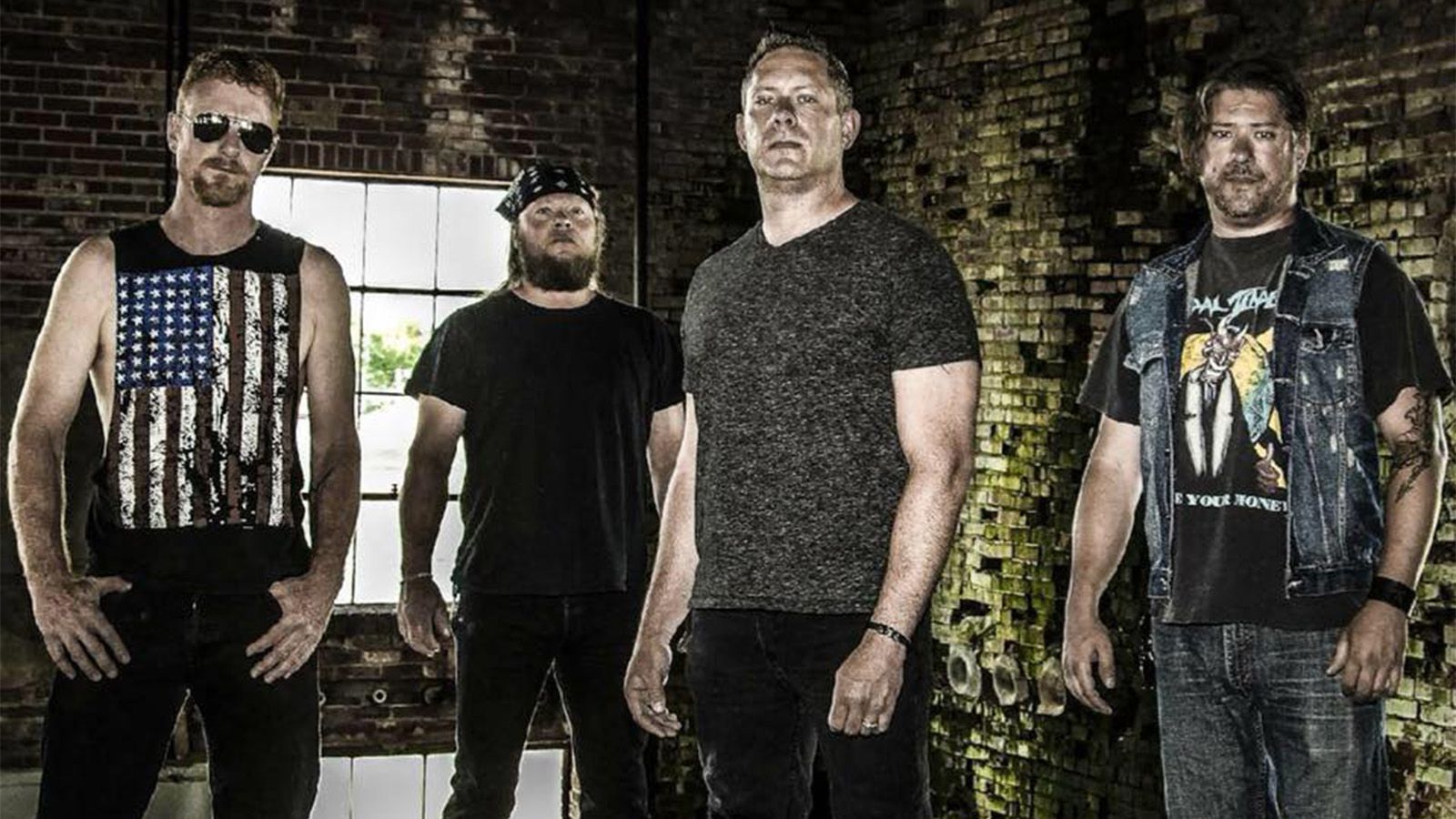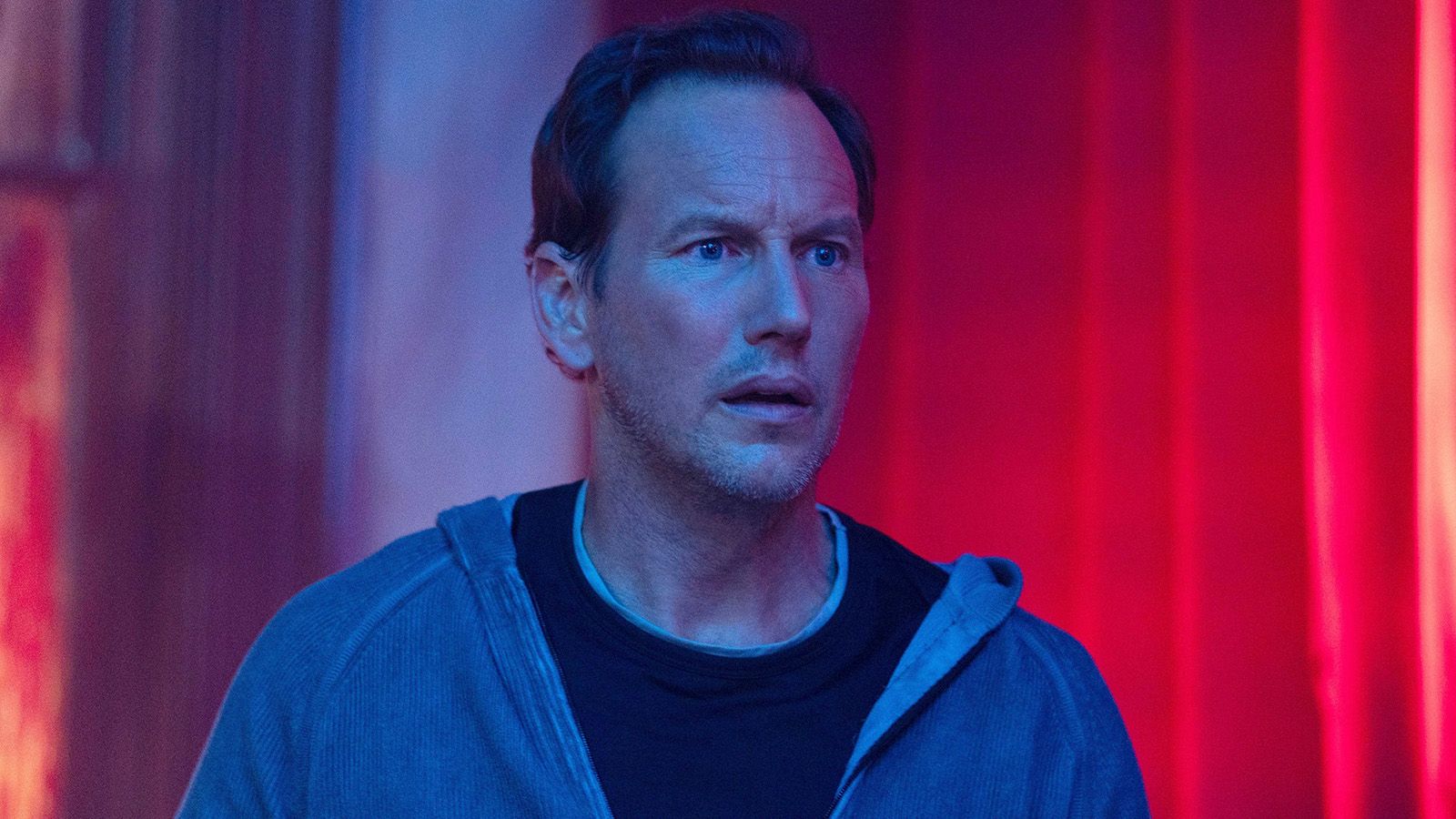As professor and record producer Miles Fulwider puts it, the music technology program at the University of Saint Francis offers innovative approaches to a practical education for a growing group of creative students that don’t fit the traditional “conservatory model.”
Saint Francis is excited to announce this fall the music technology program will begin a degree concentration in hip-hop and R&B as hip-hop marks its 50th year.
“We wanted to create an artist in residence position,” Fulwider said.
“People hire me for hard rock records, pop records, classical records,” he added, and Saint Francis can teach that to students.
As for hip-hop and R&B, “we want somebody who’s lived through it. An expert. That’s where Paul ‘Willie Green’ Womack comes in.”
Turning to a pro
Green, based in Brooklyn, New York, will be Saint Francis’ new artist. He’s a recording artist, engineer, producer, and recording studio owner who has worked with such names as Wiz Khalifa, The Roots, and a host of artists in R&B and gospel. He’s most proud of his work as house engineer for an independent label, Backwoodz Studioz, featuring artist billy woods and, with his partner, rapper Euclid, the group known as Armand Hammer.
Green is also a past officer in the national Audio Engineering Society.
“For the last two years I’ve been teaching at SUNY Purchase (College) here in New York, just a little north of the city,” he told me over the phone from his studio. “I love connecting with young people, first, to help them grow their experiences, and also, it keeps me young.”
For Saint Francis, Green will be teaching History of Hip-Hop and R&B via Zoom. But importantly, he will travel to Fort Wayne.
“I’ll be coming out at the beginning and the end of the semester and I’ll be doing master classes in producing and mixing,” he said.
“One of the things that really attracted me to the program and to the new concentration is how much they want to emphasize the history of hip-hop and all the different aspects of the culture. Because it’s not just rhymes and beats. There’s graffiti, there’s dance. It’s really a multi-aspect, cultural experience.”
Abundance of options
Saint Francis’ music technology campus and recording studios are downtown on West Berry Street, including the Goldstine Performing Arts Auditorium.
Fulwider, a classically trained violinist with an impressive résumé in recording, fully embraced academia when he came here in 2016 to join Saint Francis. He’s glad to explain why their program, which provides highly individual instruction to 50-60 students a year, is unique. It’s a bachelor of science degree that includes musicianship and music theory, but it’s wide open to “non-traditional” students who may not have formal training.
In addition Saint Francis’ new hip-hop and R&B concentration, “We have had five main concentrations within our program. The first is recording engineering and production. That’s the person who wants to be in the recording studio, a mixing engineer, mastering engineer, a music producer.
“Our second concentration is post-production and sound design. That’s working on feature films, TV shows. We have our audio for video games class.”
Fulwider stresses how this major interacts with those in other departments.
“The university has a game and application development program within computer science,” he said. “We have a really strong animation program. One of the things that personally attracted me to the institution was the creative arts program at the institution as a whole and seeing that cross-pollination. We have students that are making animations that are going to film festivals and winning awards, and we have students that are composing the music for that and doing the sound design and mixing and Foley (sound effects),” he said.
The other concentrations are live sound and event production, music industry, and contemporary artist development and musicianship.
Novices to experts
“The thing I love so much (about Saint Francis) is that we have a very eclectic student body,” Fulwider said. “We have students that come in and they are monster musicians, great pianists, great guitar players, great singers. And then we have students that come into our program that don’t play anything. They just like music.
“Then we have people that come into our program that the computer is their instrument. They’re making beats, or they’re rappers, or they’re doing electronic music.”
It’s the growth of students that impresses Fulwider.
“We have students that come into our program that have never played an instrument before. They will leave in four years and will be very competent multi-instrumentalists, producing records.”
Seeing those successes led Saint Francis to consider adding another concentration.
“What happens to somebody who, if I play in a garage band in high school, but I didn’t do choir and I didn’t do band or orchestra, but I want to do music in college, what does that even look like for that person?” Fulwider said. “That gets even more challenging when you start looking at hip-hop and R&B. There is no model of that study of the art form. I mean this in all due respect, but it doesn’t really fit within a conservatory model. That was a point for us to say that we want to do this because we have so many students that are doing it and are doing it well. We have a number of students that are making gold and platinum records.
“We feel like as an institution, we have the framework and the expertise to create a course of study and evaluate the art form.”





